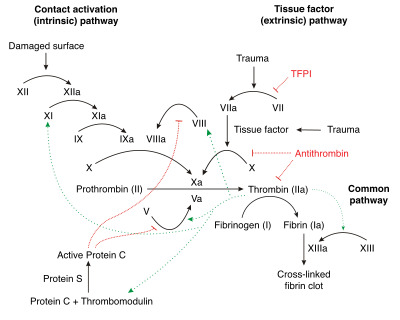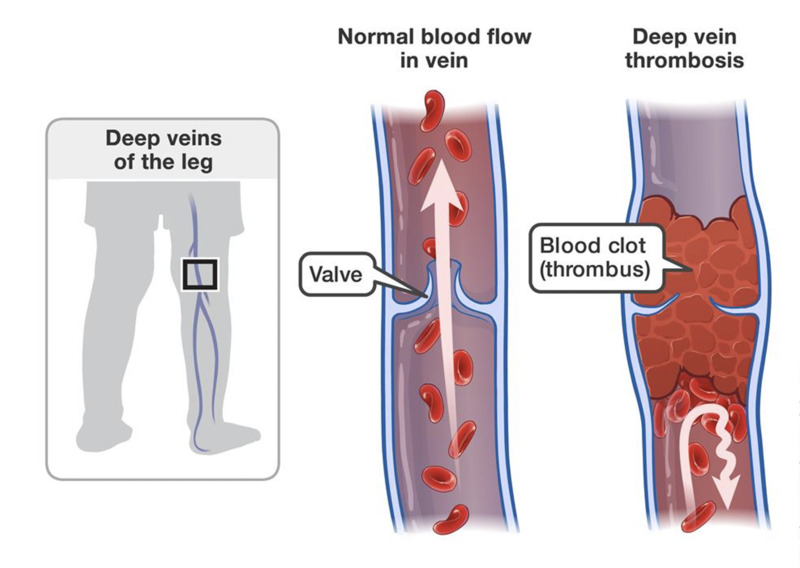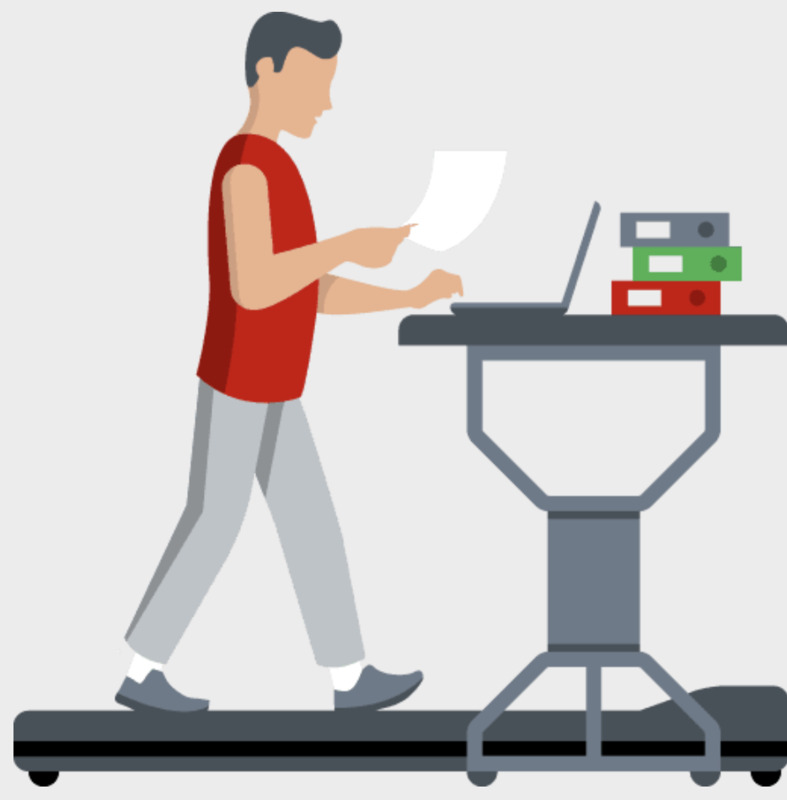Introduction
The current global trend of prolonged sitting is continually increasing as technology and transportation become more advanced, along with jobs transitioning from requiring physical activity to office-based work. These variables are leading people to spend a majority of their day sedentary, often hunched behind their traditional sitting desks and computer screens, with no set aside time for exercise (1, 2). In addition to these physical factors, occupational stress (work overload, poor management, low input on tasks, etc.) is most often caused by employers placing greater demands on the employee (3). Occupational stress also increases the likelihood the employee will suffer from fatigue, and at the same time decrease the likelihood the employee will make more beneficial lifestyle choices to offset the stress and physical effects of the sedentary occupation (4). Studies indicate employees who are sedentary for extended amounts of time combined with occupational stress can develop several health issues such as: obesity, type II diabetes, excessive alcohol use, smoking, cardiovascular disease, certain cancers, metabolic syndromes, vascular conditions and premature mortality (1, 4-9).
Physiology of Coagulation
The human body has multiple processes that work together to keep the body in homeostasis. Specifically looking at blood coagulation, one of the main processes is hemostasis, preventing excess blood loss. This process is comprised of two mechanisms: formation of a platelet plug and the coagulation cascade (10). These mechanisms will be activated following a vascular injury. When the platelets become exposed to Von Willebrand factor (vWF), they will then cling to each other, forming a plug. As more platelets join the formation of the plug, the rate of bleeding will be decreased (11). The coagulation cascade is a series of enzyme reactions that work together to finalize the blood clot that will cease bleeding (12).
The coagulation cascade is comprised of three pathways: the extrinsic and intrinsic pathways that merge at the activated form of factor X to create the common pathway (13). Typically, the extrinsic pathway, also termed the tissue factor (TF) pathway, operates within normal the hemostatic environment, whereas the intrinsic pathway is activated following damage to red blood cells or contact with collagen (14). The common pathway joins the extrinsic and intrinsic pathways overseeing production of fibrin, forming a fibrin mesh to strengthen and stabilize a blood clot. Positive feedback loops within the coagulation system continually amplify the production of thrombin and platelets to completely cease blood loss (15).
Appropriate control of the coagulation is system is important due to the adverse health issues that can develop from a thrombus in the vasculature. A thrombus in a blood vessel will obstruct blood flow to various organs and tissues throughout the body (10, 12, 16). The location of the thrombus in the vascular can lead to an arterial thrombosis, venous thromboembolism, a deep venous thrombosis or a pulmonary embolism. Most often, one of these will be the underlying cause of a severe cardiovascular event, stroke, or contribute to the development of cancer or CVD (17).
Prolonged Sitting
Blood begins to pool in the lower extremities after only 60 minutes of sitting (18). The stagnant blood in the legs decreases the overall blood flow and increases blood viscosity due to lack of muscle pump activity (19). These factors affect coagulation potential, creating a greater probability of a thrombosis forming in the vasculature (20, 21). If an employee were to engage in low-intensity activity during the day, the muscle pump activity would disrupt the pooled blood in the lower extremities, improving blood flow (19). As little as 2-minutes of low intensity (2.0-2.5 metabolic equivalents) activity can positively affect physiological variables such as insulin resistance and glucose metabolism along with the benefit of decreased chances of forming a thrombosis (7).
Acute Mental Stress
Mental stress triggers the sympathetic nervous system (SNS) to become activated, leading to multiple physiological changes such as an increase in arterial pressure, blood flow to muscles, cellular metabolism, blood glucose concentration, muscle strength, mental activity and the rate of blood coagulation (10). Changes within blood coagulation place the body in a prothrombotic state, increasing the likelihood of a thrombus developing. This probability is amplified due to an increase in factors VII and VIII, vWF, platelets, PT and a decrease in APTT (22-28). These significant changes within the coagulation system can lead to damaging effects in the cardiovascular system (23, 25, 26, 28, 29). Employees who are of good health and have little to no risk factors may not experience stress induced hypercoagulability as much as those who are at greater risk, unless they experience chronic mental stress (26).
Active Workstations
Active workstations were not created to replace daily exercise time, but to increase the amount of activity that a person does during the day (30). There are four main types of active workstations that are being utilized in today’s workforce: cycle or elliptical pedals placed below one’s desk or an upright workstation that consists of standing or walking on a treadmill (31-34). There are three main goals of active workstations: to increase energy expenditure, decrease time spent sedentary, and avoid reductions in time spent working (33). During a workday, employees chose when to utilize the “active” component of the workstation, and when to utilize the conventional sedentary component (35). Using an active workstation periodically throughout the day will still increase daily physical activity, while at the same time decrease the amount of time spent sitting and provide health benefits. Previous research indicates using an active workstation has the potential to provide the following benefits and improvements: energy expenditure, back pain, cognitive abilities, blood glucose, high cholesterol, hypertension, cardiac activity, waist and hip circumference (5, 31, 32, 36, 37).






